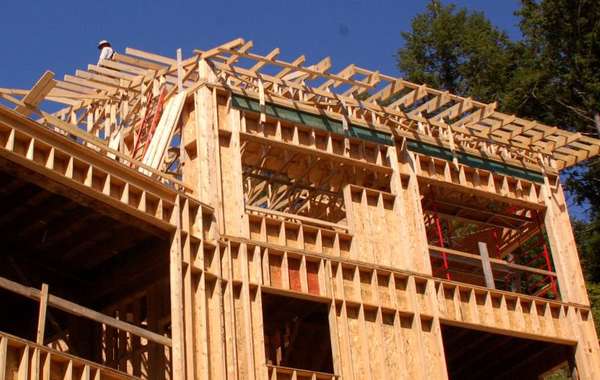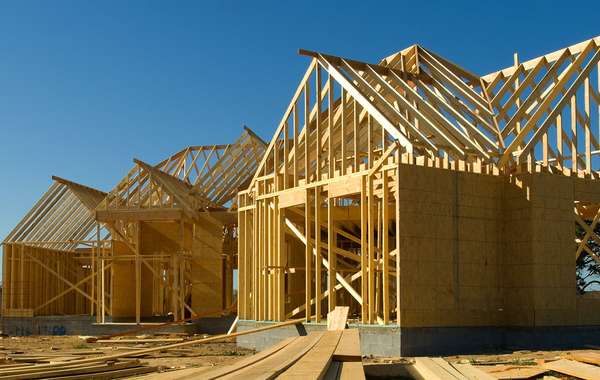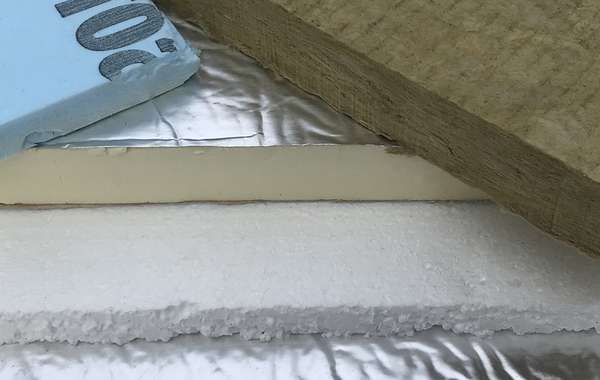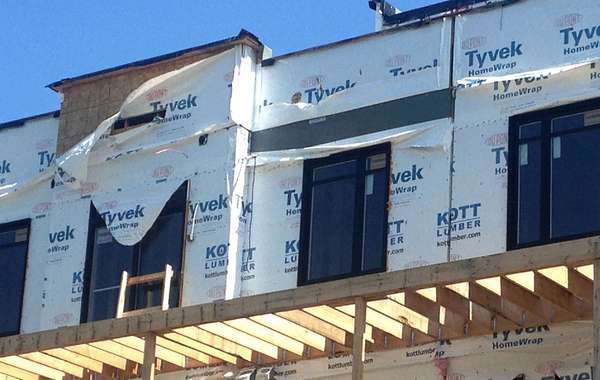Combo structural sheathing, WRB and thin insulation panel in Ontario?
Hi: I am stripping a 150 yr old timber of its 3 layers of siding and re-insulating and leak-sealing the exposed cavities from the outside. I will be re-sheathing it, and double strapping it for a rear-vented vertical board and batten exterior.
My research into potential sheathing has turned up a couple innovative products that combine a 1"- 1 1/4" structural panel, with an R4-R5 foam component, and a water-resistive barrier coating or layer incorporated into it, eliminating the need for an additional house-wrap: Barricade Thermo Brace, and BP's R4-HP panel.
These initially appealed to me due 1) their light weight (I am working alone on a multi-story), 2) the additional R-value to combat any thermal bridging, and 3) the elimination of the time and cost associated with a house-wrap.
However I am unable to locate any retail sources in Ontario or any information on the real-world experience of installing and living with these products, short of reading the always rosy manufacturer's claims. I am usually leary of "all-in-one" products but these seem like they could be the real deal. Although Barricade has some products north of the border, the panels don't make the trip. Similarly, BP's panels don't make across the Quebec border into Ontario, and are unavailable through RONA, despite being on their web-page. An e-mail reach-out by me to BP has gone unanswered. I am wondering if there may be a provincial roadblock to their sale in that they possibly don't meet code, at least in terms of being a structural panel.
Particular to my installation, and my timber-frame with non-standard (or non-existant) stud-spacing, I am also wondering if these panels are meant specifically for new construction with 16" OC and if I'll need to supplement with some additional studs for support.
Any information on these products, or something similar that I haven't found, and their availability would be most welcome.
Steve




























I think a little skepticism surrounding ‘all in one’ solutions is a good thing to carry though life, but in terms of sheathing products with integrated weather barriers, for the most part they seem to have good performance when installed properly, and so long as they actually do what they claim to do then you can save a lot on labor by not having to install a house wrap.
Checking the company spec sheets for air and vapor permeance as well as thermal performance is a good idea as well. And a very important caveat - you need to choose the right products and install in them in the right place.
We have a couple of pages that may help you choose the right sheathing, this one covers what to look for in a weather barrier in terms of vapor permeability -
Weather barriers and home wraps – which one is best?
We also have this page that will top up your understanding, about choosing house sheathing. In here you will learn some of our concerns about all in one OSB and insulation panels and how they could possibly pose a problem on the exterior of homes.
Choosing between plywood and OSB sheathing – which is better?
So the WRB sheathings we like, but we become a bit more concerned when panels have integrated insulation though. I did have a quick look at the Barricade Thermo-Brace product you mentioned, there are a few products they have to choose from. The one on the main image lists itself as a ‘moisture barrier’, so if that is the one you are considering then I would for sure find out it’s vapor permeability first. In the image it looks like a foil membrane, which is for sure a vapor barrier, and you wouldn’t want that on the exterior of a wall in Ontario.
The BP product looks to be more breathable, that’s a good thing, except if you can’t get it where you are.
Have you thought about using Rockwool (formerly Roxul) mineral wool insulation? We really like it when insulating the exterior of existing walls because it doesn’t trap moisture and it isn’t negatively affected by it.
So where exactly are you building? And are you stripping all the insulation, meaning left with an empty stud wall that you will insulate from scratch? Another pretty popular weather barrier sheathing panel with a good track record is the ZIP system. But even with ZIP sheathing panels, any of us here would likely opt for the ones that don't have integrated insulation to be on the safe side.
Thanks RJ. I am in Niagara. The timber frame construction has full 6 inch deep cavities. Since the house has been renovated piecemeal over the last 50 years, the type and quality of insulation varies greatly throughout; many of the spaces are filled from the inside with Roxul (by me), with a 6 mil vapour barrier on the room side. However, there are still a few rooms that I didn't gut that still have 1960's and '70's Fibreglass pink that has likely settled or wasn't the full 6" thick to begin with. In addition, effective leak sealing and air control has been a nightmare, especially when attempting it from the inside, and on a room-by-room basis. Hence the tear-off from the outside, with the goal to replace the pink with Roxul, and control some of the leakage I couldn't tame on the inside with a good exterior wrap.
I am also aware of the slight danger in tightening up the house to the point where the leaks are fewer but are now concentrated, and focus a good amount of the moisture leaving the house into several areas in the wall cavities, and rotting those out. I am hoping my 'natural' ventilation holes (dryer vent, wood stove chimney, bathroom vent, etc) all serve to relieve some of that pressure. Stripping the house from the outside will also give me a good look at what the last 30 years of tightening up the house has done in terms of collecting moisture anywhere inside the walls.
Given my geo-location, the 6" depth and the resultant R-20+, using a sheathing with an additional R5 insulation is far from a top priority. And at $600/year in natural gas heating and a wood stove burning half the time in the colder months, the house can't be that leaky or under-insulated. I am cognizant of needing to avoid inadvertently adding a second vapour barrier on the outside, as you have warned. From what I have read of the two products I listed, both address that issue in their literature, and give moisture permiability ratings, which are in line with standard house wraps, though testing standards and posted descriptions are sometimes 'apples and oranges'. The foil one I believe is perforated in some manner to allow moisture vapour transfer outward, but repel water penetration from the outside. But you are right... why tempt fate? It wouldn't be the first new and innovative building product that has been discovered to have failed over time.
I think I'll head back to the standard sheathing products/systems and review the content of the links you listed.
Take care,
Steve
Judging by your well-written response, I think you have a pretty good handle on this Steve. Doing an air barrier room by room from the inside is indeed, something of an exercise in futility. So for sure you will have greater success working from the outside if you can. And as you mention, there’s no sense tempting fate - EPS with perforated foil is going to be more breathable than say, EPS with un-perforated foil, but a breathable house wrap and Rockwool is still a safer route.
I wouldn’t worry about tightening it up too much, I would go for it and then if its nice and airtight you can then put in an HRV. The only way to really determine that is to do a blower door test, that will cost you a few hundred bucks probably but it will give you the answers you need. And if you do it after you install your exterior air barrier but before you install siding, you can use it as a tool for finding any remaining leaks.
If you end up needing an HRV, you may not be too excited about running ducts all around the house, in which case you might be a candidate for a ductless wall-insert HRV.